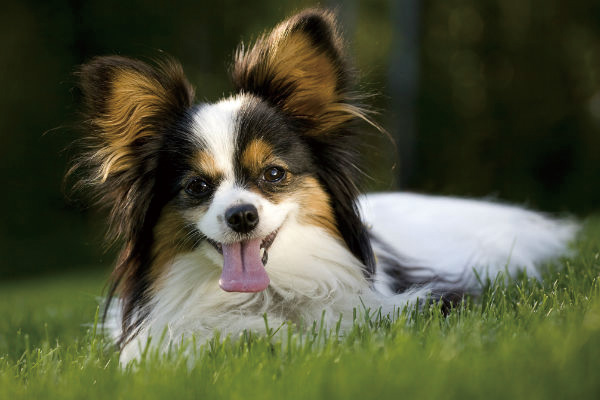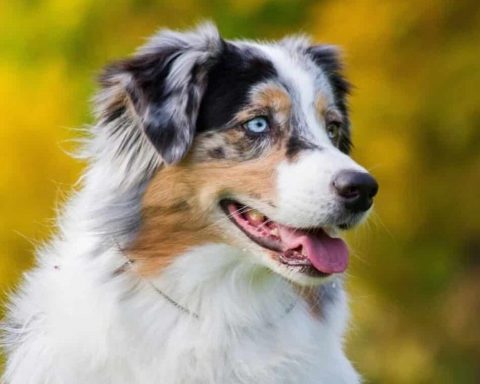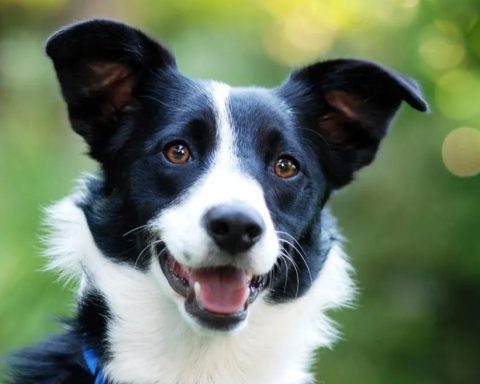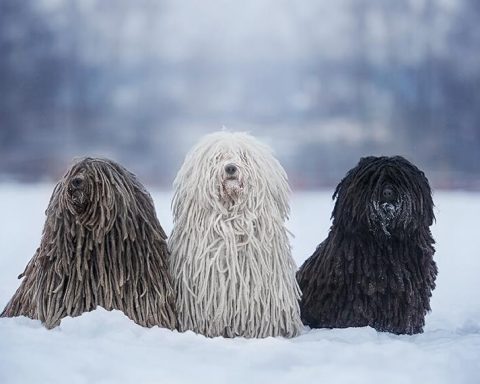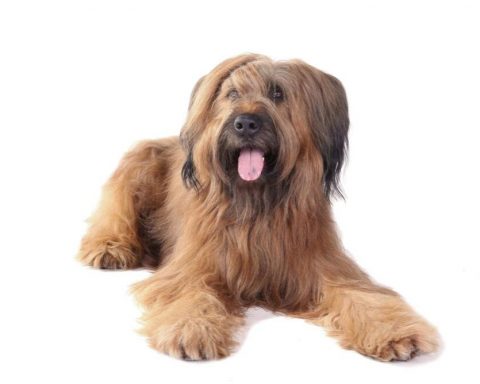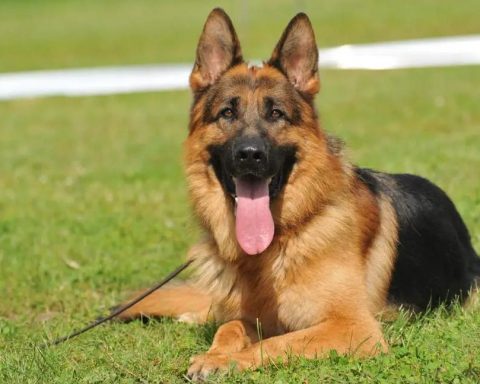History
The origin of the Papillon dog is not documented. It first appeared in many records after a transaction involving the dog was documented in 1545. Some believe that the ancestors of this breed were spaniel hunting dogs brought from China to Spain. In the 16th century, the Papillon was loved by Spanish and French nobility, establishing its position in the canine world. Notable historical figures such as Queen Mary of Scots and Marie Antoinette met their fates with their beloved dogs by their side. In the 19th century, breeders in France and Belgium focused on developing the erect-eared variant. The dog’s name, “Papillon”, which means butterfly in French, was derived from its ears that resemble fluttering butterfly wings. Breeders in the USA and the UK worked towards producing a smaller size than other countries.
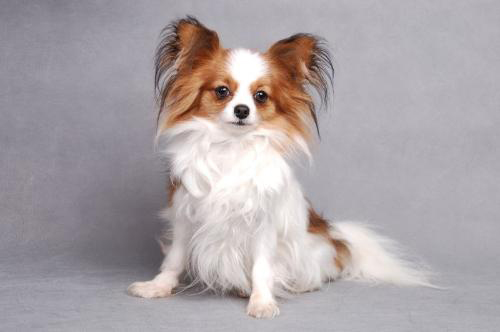
Size
Height at the shoulder is 8-11 inches. Over 11 inches is considered a fault, while over 12 inches is a disqualification. The body’s proportions are slightly longer than the height at the shoulder. Due to its delicate bones, it’s not a sturdy dog. Its weight should be proportionate to its height.
Head
Eyes: Dark, round, not protruding, medium-sized with an alert expression. The inner corners are aligned with the stop. Black rims. Ears: Either erect or drop ears, large with rounded tips, set relatively back on the head. The erect ears resemble the wings of a butterfly in flight. When alert, each ear tilts back at about a 45-degree angle from the head. The ear structure should be strong enough to keep the entire ear upright. Drop ears resemble the typical Papillon but hang down completely. Faults include small ears, overly pointy ears, or set too high; one ear erect or partly droopy. Skull: Small-sized, moderately wide between the ears, slightly rounded. A distinct stop where the muzzle joins the skull. Muzzle: Fine, tapering sharply from the head with a very fine nose tip. The muzzle’s length is about 1/3 of the entire head length. Nose: Black, round with a slightly flat top. Any color other than black is a severe fault. Lips are tight, thin, and black. The tongue should not be visible when the mouth is closed. Scissor bite; overbite or underbite are considered faults.
Neck, Topline, Body
Moderate neck length. Topline: Straight and level. Moderate chest depth with well-sprung ribs. Tucked up abdomen. Tail: Long, set high, arching over the back. Adorned with long, flowing fur, draping on either side of the body. Faults include low tail set; not arching over the back or too short.
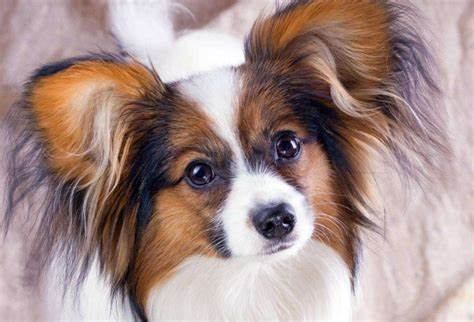
Forequarters
Well-defined shoulders, sloping back without hampering movement. Forelegs are slender, bones are fine but must be straight. Dewclaws may be removed. Feet are thin and long (hare-footed), toes don’t turn in or out.
Hindquarters
Well-developed with appropriate angulation. Hindlegs are slender, with fine bones and parallel when viewed from behind. Hocks don’t turn in or out. If present, dewclaws must be removed. Feet are thin and long, toes don’t turn in or out.
Coat
Plentiful, long, fine, silky, flowing, straight, and resilient. The hair on the back and sides of the body is straight. The chest features ample frills. No undercoat. The head, muzzle, front of the forelegs, and from the feet to the hocks of the hindlegs feature short, tight hair. The ears have beautiful fringes, with medium-length, soft, and smooth hair inside. The back of the forelegs features fringes, decreasing towards the wrists. The hindlegs are covered with “pants” up to the hocks. The feet have shorter hair, but delicate fringes may cover the feet.
Color
The ideal color is always white with patches of another color. On the head, the color other than white should cover both ears, front and back, extending to the eyes without interruption. A solid-colored head, starting from the nose tip with a white blaze down the center is preferred. Symmetrical facial markings are important. The presence, size, placement, and shape of colored patches on the body are unimportant. As long as there’s sufficient black pigment around the eyes, nose, and lips, the color doesn’t matter. Severe faults include the color other than white not covering the ears or not extending to the eyes. A halo of white around the ears or a small amount of white scattered on other colors is not a severe fault. Any entirely white or colorless dog is a disqualification.
Gait
Easy, swift, confident, and graceful, with no paddling or stiffness in the rear.
Temperament
Joyful, alert, and friendly, neither shy nor aggressive.
Standard passed on: June 10, 1991
Standard effective on: July 31, 1991
